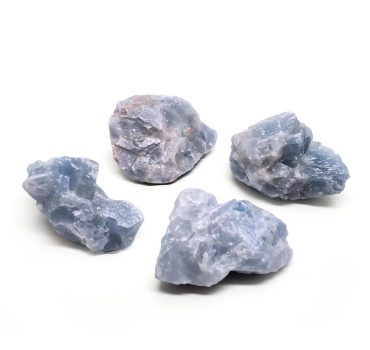Description & Characteristics
Agate (/ˈæɡɪt/ AG-it) is the banded variety of chalcedony, which comes in a wide variety of colors. Agates are primarily formed within volcanic and metamorphic rocks. The ornamental use of agate was common in Ancient Greece, in assorted jewelry and in the seal stones of Greek warriors.
The stone was given its name by Theophrastus, a Greek philosopher and naturalist, who discovered the stone along the shore line of the Dirillo River or Achates (Ancient Greek: Ἀχάτης) in Sicily, sometime between the 4th and 3rd centuries BCE.



Composition
Agate minerals have the tendency to form on or within pre-existing rocks, creating difficulties in accurately determining their time of formation.[5] Their host rocks have been dated to have formed as early as the Archean Eon. Agates are most commonly found as nodules within the cavities of volcanic rocks.


